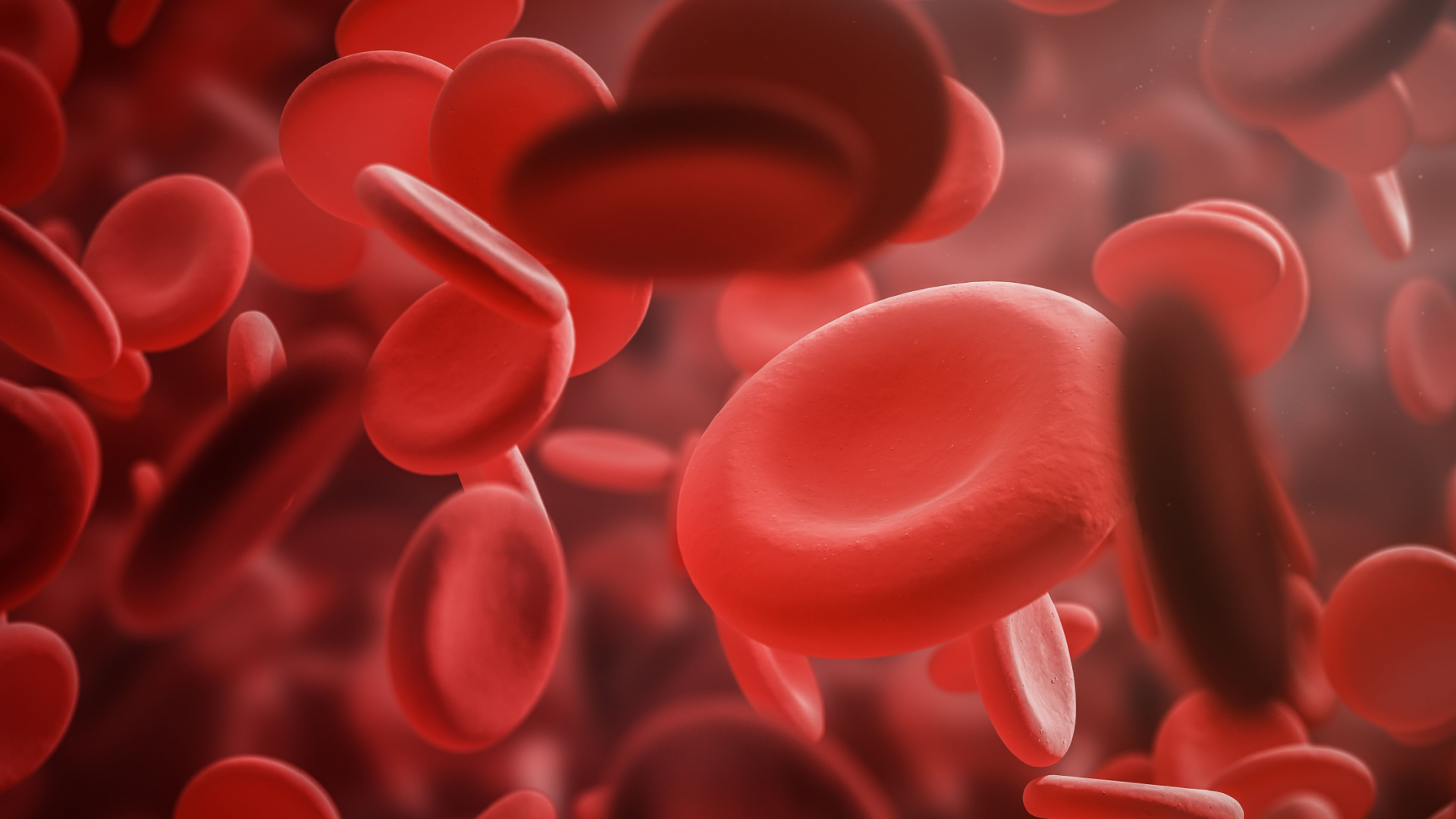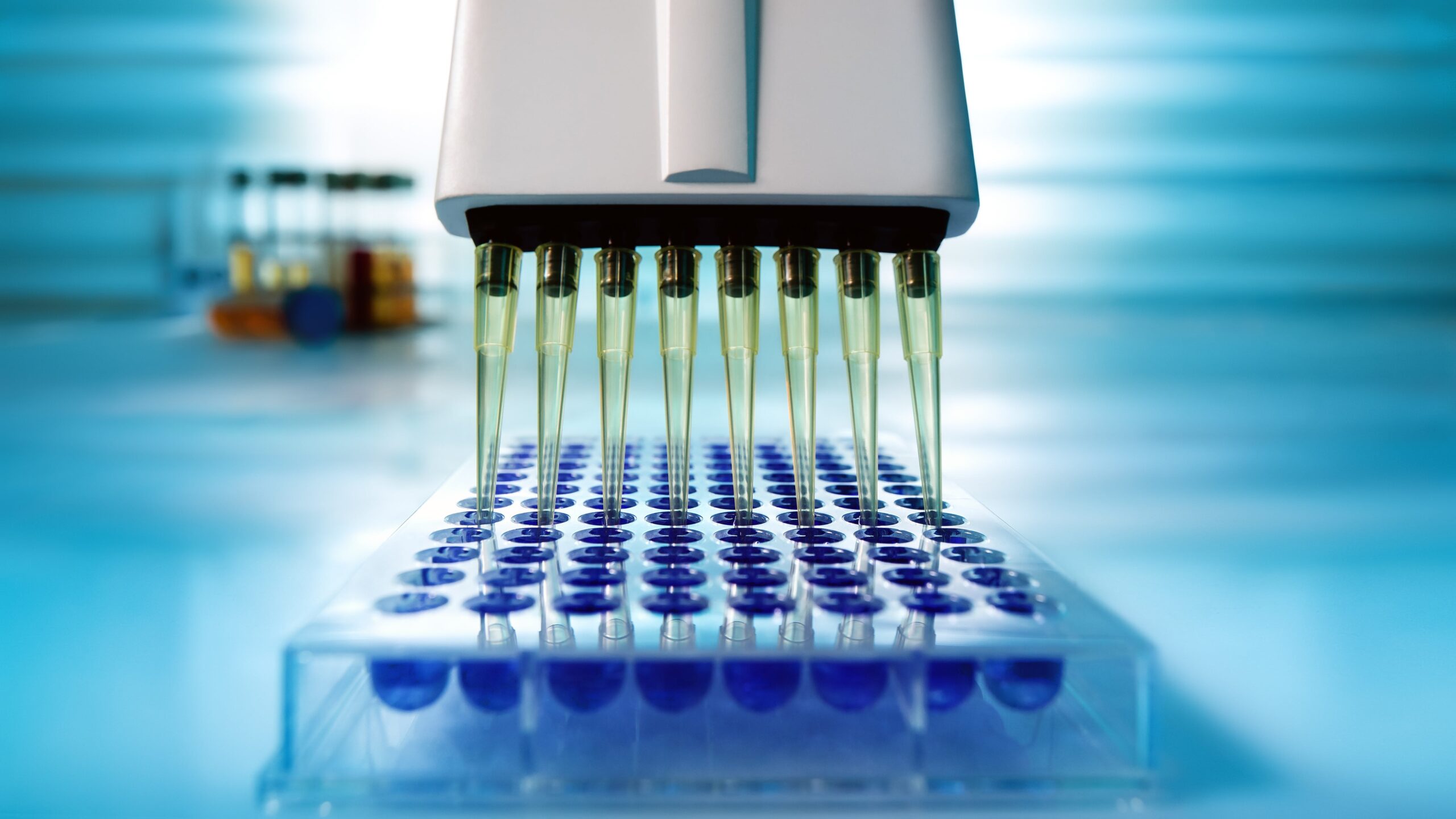
Von Willebrand factor concentrate was not superior to tranexamic acid for reducing heavy menstrual bleeding in women with mild or moderate von Willebrand disease, according to interim results from a phase III trial published in Blood Advances.
“These interim data suggest that recombinant VWF is not superior to tranexamic acid in reducing heavy menstrual bleeding in patients with mild or moderate von Willebrand disease,” wrote the authors, led by Margaret Rangi, MD, MPH, of the University of Pittsburgh in Pennsylvania.
Approximately 80% of women with von Willebrand disease experience heavy menstrual bleeding, and this population commonly faces iron deficiency and poor treatment response. Recombinant von Willebrand factor is approved for bleeding but there is no prospective trial data on its impact in heavy menstrual bleeding, and current guidelines are unclear on the efficacy of hormonal therapies versus tranexamic acid.
Tranexamic Acid Treatment Yields Greater PBAC Score Reduction
The open-label phase III WVDMin randomized crossover trial enrolled 39 female patients aged 13 to 45 years with mild or moderate von Willebrand disease and heavy menstrual bleeding across 13 hemophilia treatment centers in the United States. Enrollment was halted early due to slow recruitment, and 36 of the 39 patients completed the treatment period.
Mild or moderate disease was defined as a von Willebrand factor ristocetin cofactor less than 0.50 IU/mL, and heavy menstrual bleeding was defined as a pictorial blood assessment chart (PBAC) score above 100 in one of the two prior cycles.
The participants were randomized to two consecutive cycles of intravenous recombinant von Willebrand factor at 40 IU/kg over five to ten minutes on day one then oral tranexamic acid 1,300 mg three times daily on days one to five, or vice versa. The primary endpoint was a PBAC score reduction of 40 points by day five after two cycles of treatment.
At the data cut-off, the median follow-up was 23.97 weeks (interquartile range, 21.81-28.14) and the primary endpoint was not met. Researchers stated neither treatment normalized PBAC scores; however, median PBAC scores were significantly lower after two cycles of tranexamic acid (146; 95% CI, 117-199) compared with recombinant von Willebrand factor (213; 95% CI, 152-298), with an adjusted mean treatment difference of 46 points (95% CI, 2-90; P=.039).
No participants experienced serious adverse events (AEs), grade 3-4 AEs, or treatment-related deaths. The most common grade 1-2 AEs were mucosal bleeding in four patients on tranexamic acid versus none on recombinant von Willebrand factor, followed by other bleeding in four and two patients on respective treatments.
Ultimately, the authors suggested that “these findings support discussion of treatment options for heavy menstrual bleeding with patients based on their preferences and lived experience.”
Reference
Ragni MV, Rothenberger SD, Feldman R, et al. Recombinant von Willebrand factor and tranexamic acid for heavy menstrual bleeding in patients with mild and moderate von Willebrand disease in the USA (VWDMin): a phase 3, open-label, randomised, crossover trial. Lancet Haematol. 2023;10(8):e612-e623. doi:10.1016/S2352-3026(23)00119-9






 © 2025 Mashup Media, LLC, a Formedics Property. All Rights Reserved.
© 2025 Mashup Media, LLC, a Formedics Property. All Rights Reserved.